
How Does a Fan Oven Work?
Fan ovens have become a popular choice in modern kitchens, thanks to their efficiency and consistent cooking results. But how exactly do they work, and what makes them different from traditional ovens? In this article, we’ll explain what a fan oven is, how it operates, and why it might be the right option for your home.
What Is a Fan Oven?
A fan oven, also known as a convection oven, is designed to distribute heat more evenly throughout the cooking cavity. Unlike conventional ovens that rely on radiant heat from the top or bottom, fan ovens use an integrated fan—usually positioned at the back—to blow hot air around the food. This process ensures more uniform temperatures and can result in faster, more predictable cooking.
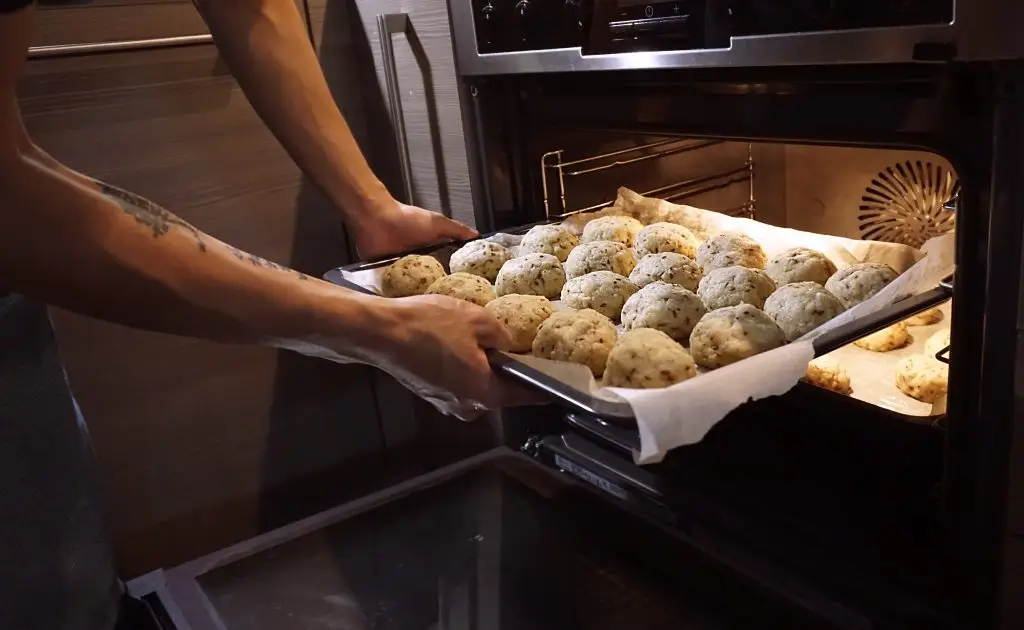
How a Fan Oven Works
At the heart of a fan oven is a circular heating element, usually located behind the internal fan. When you switch the oven on, the heating element warms up, and the fan begins to spin, pushing hot air around the entire cavity.
This continuous circulation means that every part of the oven stays at a similar temperature, no matter where your food is placed. The result? More even cooking, shorter cooking times, and less need to move trays around.
Key Advantages of Fan Ovens
- Faster cooking times – The circulating air reduces hot and cold spots, which means food cooks quicker compared to traditional ovens.
- Even heat distribution – Multi-shelf cooking becomes more effective because all shelves receive similar heat.
- Energy efficiency – Because food cooks more quickly and often at lower temperatures, fan ovens can use less energy over time.
- Versatility – Great for baking, roasting, and reheating, fan ovens are a reliable choice for a wide range of dishes.
Common Uses and Best Practices
Fan ovens are particularly good for:
- Roasting meats and vegetables evenly
- Baking multiple trays of cookies or pastries
- Cooking casseroles and gratins without burnt edges
Top tips for best results:
- Reduce temperatures – Lower the cooking temperature by about 20°C compared to recipes for conventional ovens.
- Preheating – Still recommended for best results, especially for baking.
- Avoid overcrowding – Allow air to circulate by not overloading the oven.
Fan Oven vs Conventional Oven
| Feature | Fan Oven | Conventional Oven |
|---|---|---|
| Heat distribution | Even (thanks to fan circulation) | Uneven (hotter at top or bottom) |
| Cooking speed | Faster | Slower |
| Ideal for | Multi-shelf cooking | Single-tray meals |
| Temperature control | More accurate | Can require adjustments |
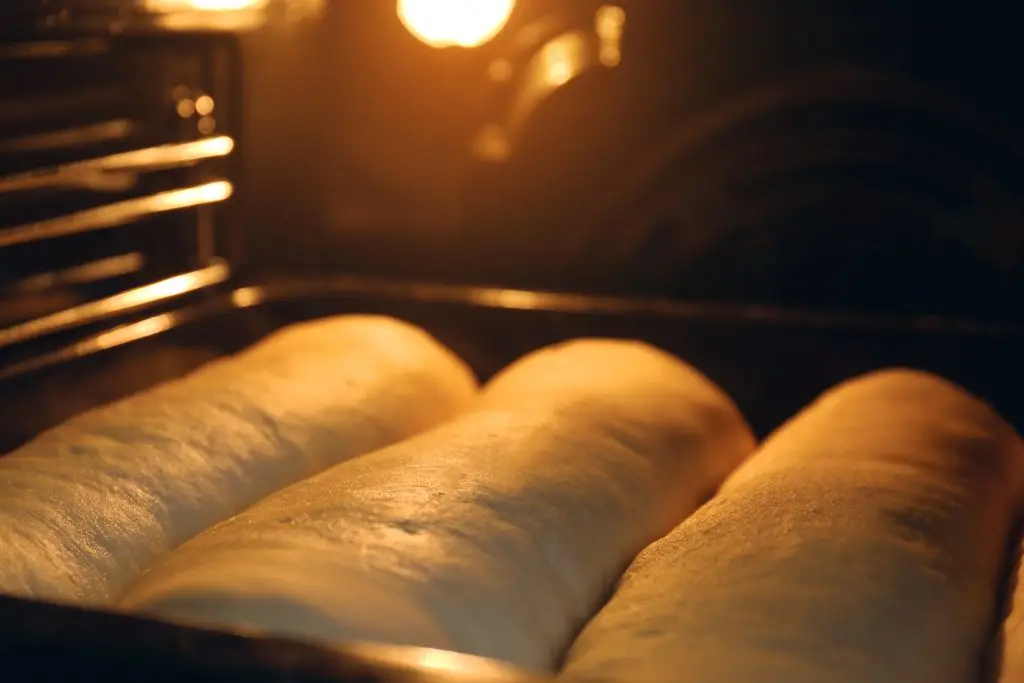
Troubleshooting and FAQs
Why is my fan oven noisy?
Some noise is normal, but excessive rattling could indicate a loose fan blade or worn motor.
Does a fan oven need preheating?
Yes—although it heats up quicker than a conventional oven, preheating helps ensure consistent results.
Do I need to adjust cooking temperatures?
Yes—reduce the temperature by about 20°C from the conventional oven setting unless the recipe specifies a fan oven.
Can I cook different dishes at the same time?
Yes—fan ovens are great for multi-shelf cooking without strong flavour transfer, provided the dishes have similar cooking requirements.
Conclusion
Fan ovens offer an efficient, reliable way to cook meals evenly and quickly. By using a fan to circulate heat, they remove the guesswork often involved in traditional oven cooking. Whether you’re roasting a Sunday joint or batch-baking biscuits, a fan oven can help deliver consistently delicious results.
- All Posts
- Cooker Hood Guides & Advice
- Dishwasher Guides & Advice
- General Appliance Guides & Advice
- Hob Guides & Advice
- Laundry Guides & Advice
- Microwave Guides & Advice
- Oven Guides & Advice
- Wine Cooler Guides & Advice

Find out which oven preheat shortcuts really save time and which don’t. Discover smarter ways to heat up faster and...
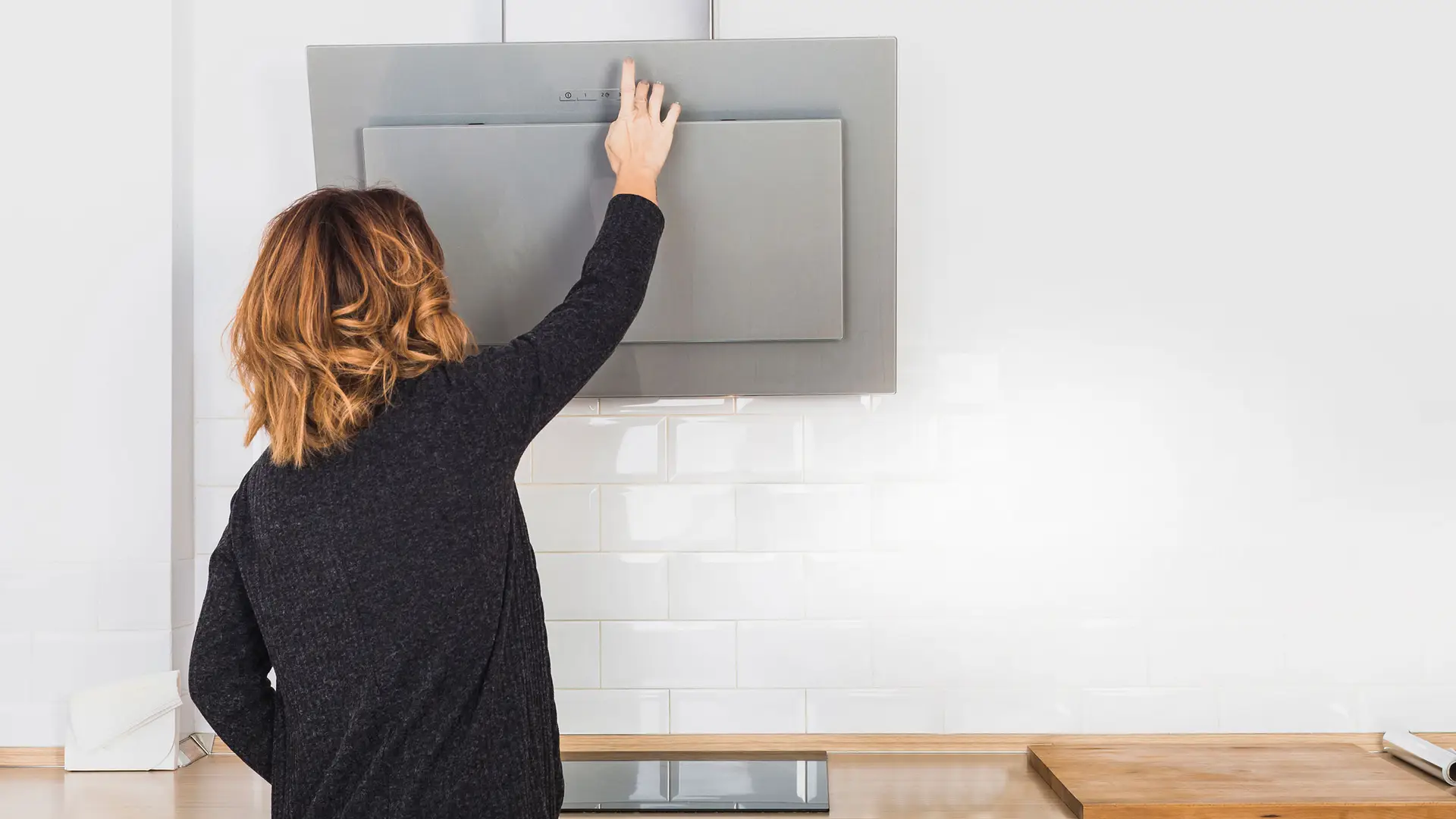
Home / Appliance Guides & Advice Hob-to-Hood Connectivity: Smart Pairing for Cleaner Kitchens Modern induction hobs are getting smarter — and...

Discover how Air Fry mode in modern ovens speeds up cooking and saves energy. Learn when to use it for...
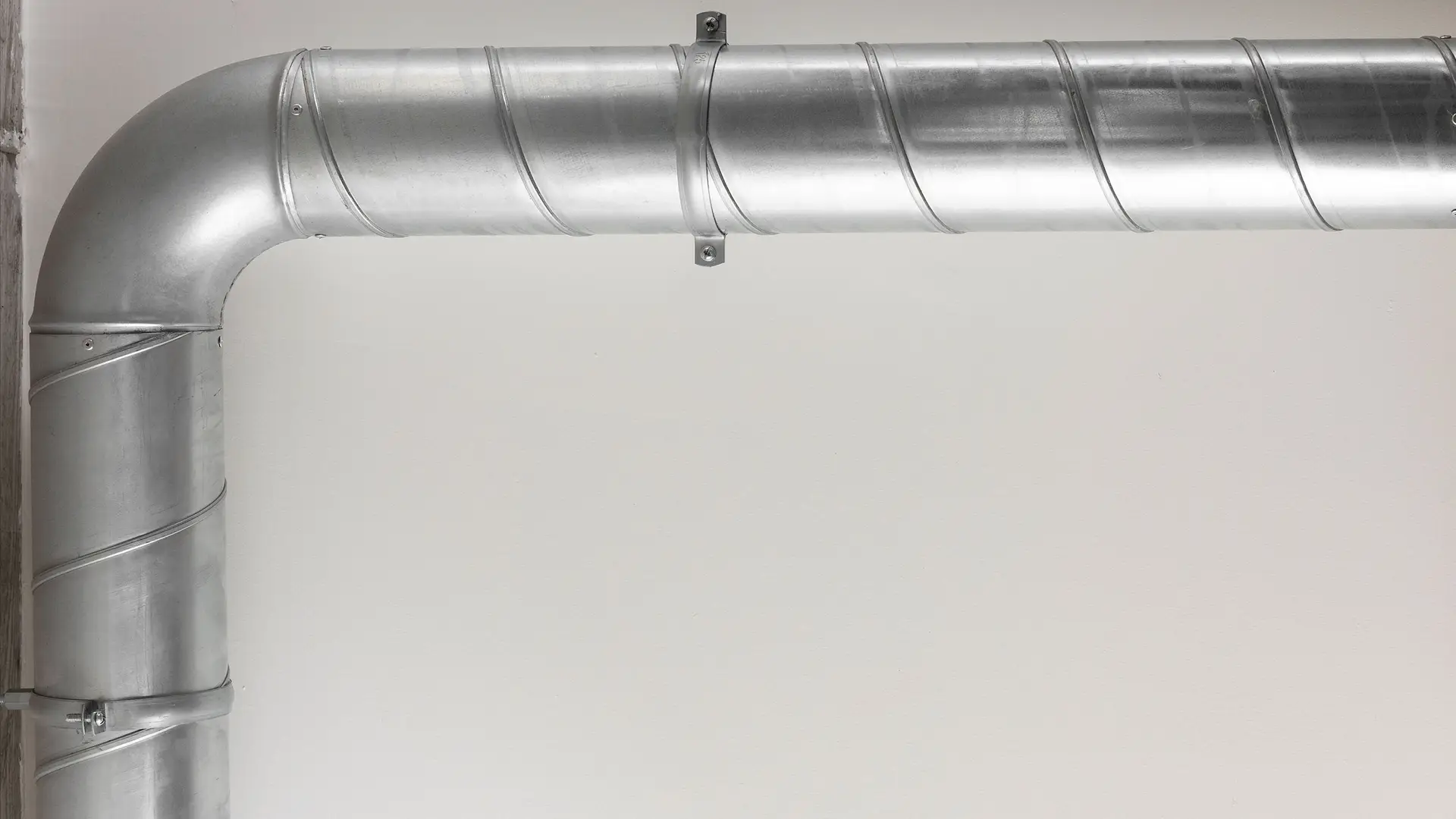
Discover why 90° bends reduce airflow more than 45° in cooker hood ducting. Learn how to optimise your kitchen’s extraction...
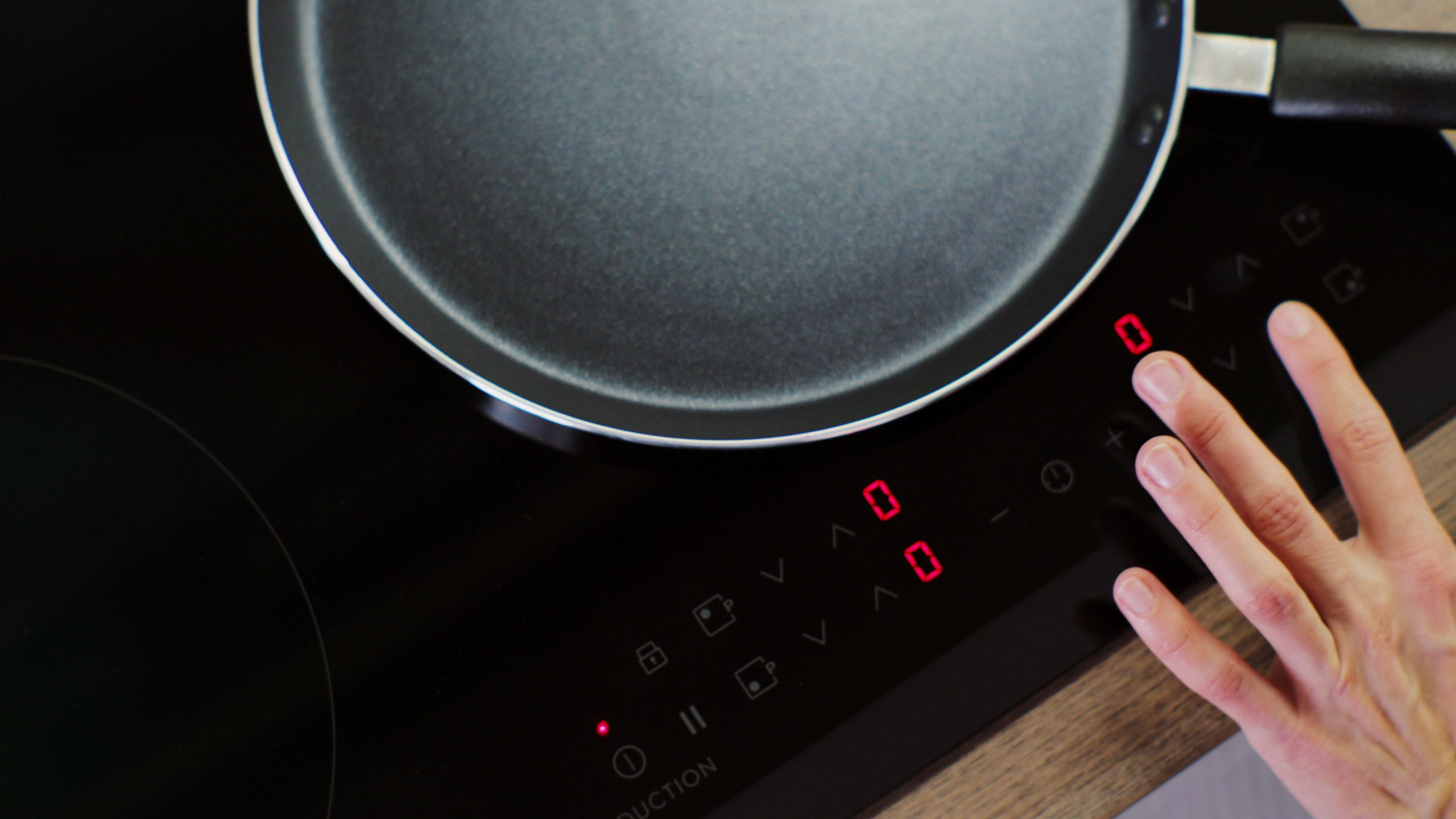
Learn when to use Power Boost on your induction hob for fast results and when it wastes energy. Get smart...

Learn how the child lock on your induction hob works and when to use it for maximum kitchen safety. Discover...

Discover when cold-water washing really works and how modern detergents clean effectively at low temperatures. Save energy and protect fabrics...
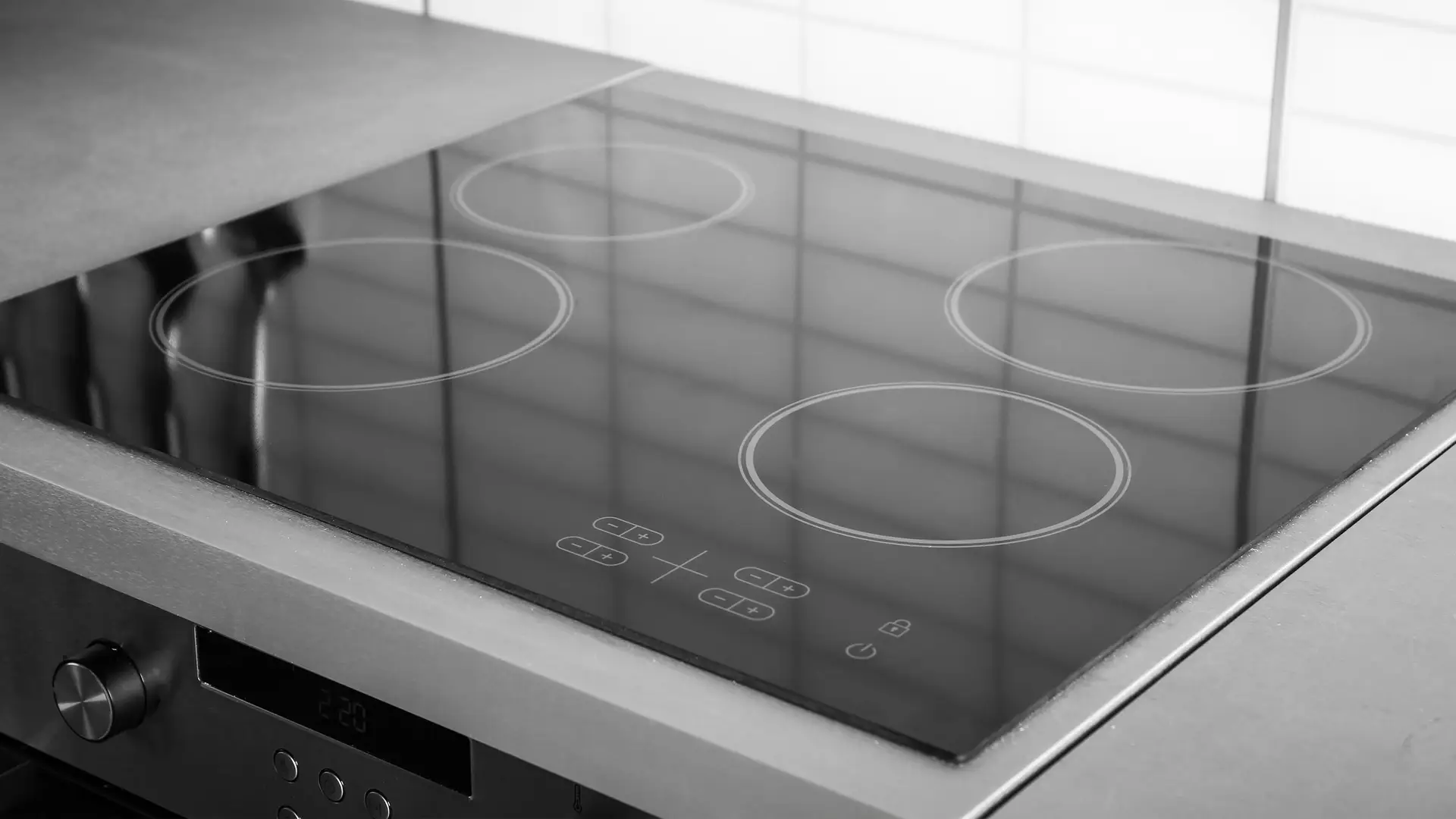
Learn whether you can install an oven under an induction hob safely. Find out spacing, ventilation and wiring tips. Read...

Learn how the eco wash setting saves energy and water while keeping clothes clean. Discover when to use it and...